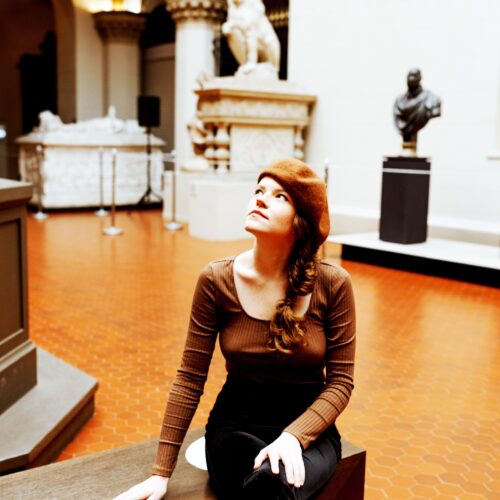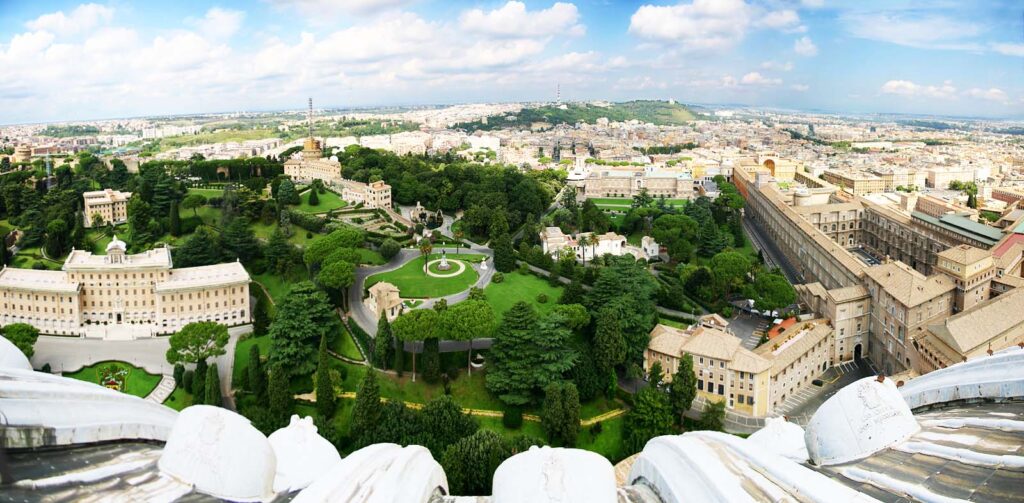 Explore the Mystique of Enclaves: Unraveling Unique Cultures and Boundaries for Unforgettable Travel Experiences
Explore the Mystique of Enclaves: Unraveling Unique Cultures and Boundaries for Unforgettable Travel Experiences
It’s a world within a world as you travel on a journey to explore enclaves that beckon with their intriguing borders, captivating stories and cultural uniqueness in these landlocked kingdoms.
These unique territories, entirely surrounded by the lands of neighboring nations, offer a glimpse into a different dimension of culture, history, and geography–from the spiritual epicenter of the Roman Catholic Church in Vatican City to the medieval charm of San Marino, the mountainous landscapes of Lesotho, and the fascinating border intricacies of Baarle-Hertog and Baarle-Nassau, each enclave presents an enchanting adventure.
“Enclave” typically refers to a territory or part of a country that is entirely surrounded by the territory of another country. Enclaves often have unique cultural, historical, or a type of geography that make them interesting to travel to.
It’s a step into pockets of distinctiveness, where boundaries blur and tourism experiences in European enclaves paint an extraordinary canvas of travel wonders.
Here are some enclaves to travel to and reasons why they might be worth visiting:
Vatican City (Holy See):
 Location: Rome, Italy
Location: Rome, Italy
-
- Reason to Visit: Vatican City is the smallest independent state in the world, known for its rich history and religious significance. It is the spiritual and administrative center of the Roman Catholic Church, housing iconic landmarks such as St. Peter’s Basilica and the Vatican Museums with impressive art collections.
San Marino:
 Location: Italy
Location: Italy
-
- Reason to Visit: San Marino is one of the world’s oldest republics, known for its picturesque mountainous landscape and well-preserved medieval architecture. Visitors can explore its historic towers, such as Guaita, Cesta, and Montale, and enjoy panoramic views of the surrounding countryside.
Lesotho:
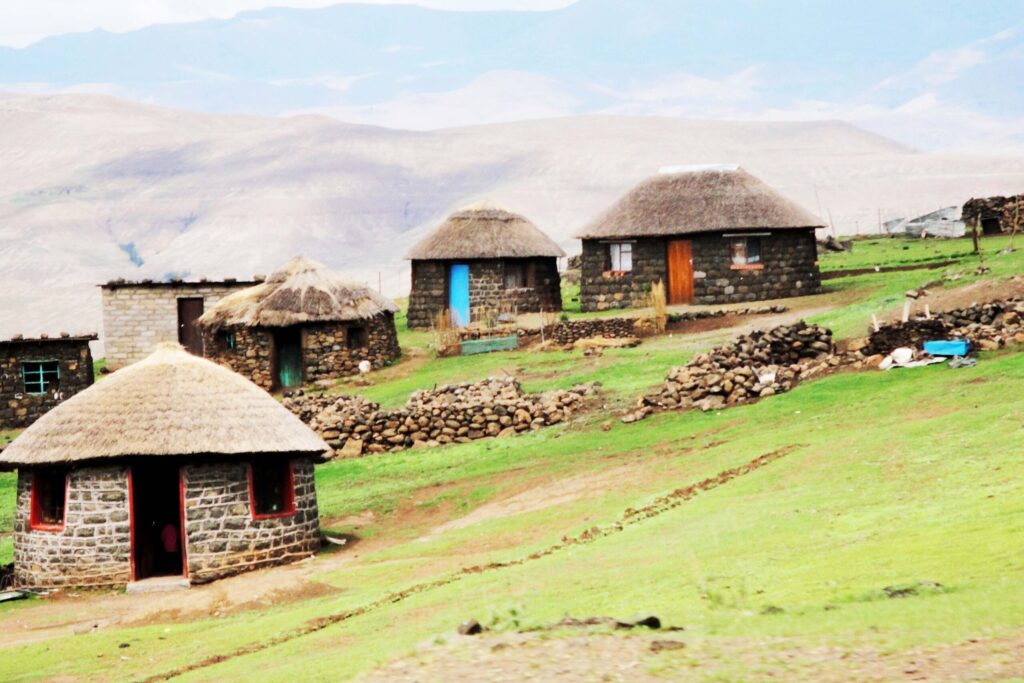 Location: Completely surrounded by South Africa
Location: Completely surrounded by South Africa
-
- Reason to Visit: Lesotho is a landlocked kingdom surrounded by South Africa. Its high-altitude terrain offers stunning landscapes, including the Maloti Mountains. The country is a perfect travel locale for outdoor enthusiasts interested in hiking, pony trekking, and exploring traditional Basotho culture.
Campione d’Italia:
 Location: Italy, surrounded by Switzerland
Location: Italy, surrounded by Switzerland
-
- Reason to Visit: This Italian enclave is located within the Swiss canton of Ticino on the shores of Lake Lugano. Visitors can enjoy the blend of Swiss and Italian influences, explore the lake, and try their luck at the famous Casino Municipale di Campione d’Italia.
Baarle-Hertog and Baarle-Nassau:
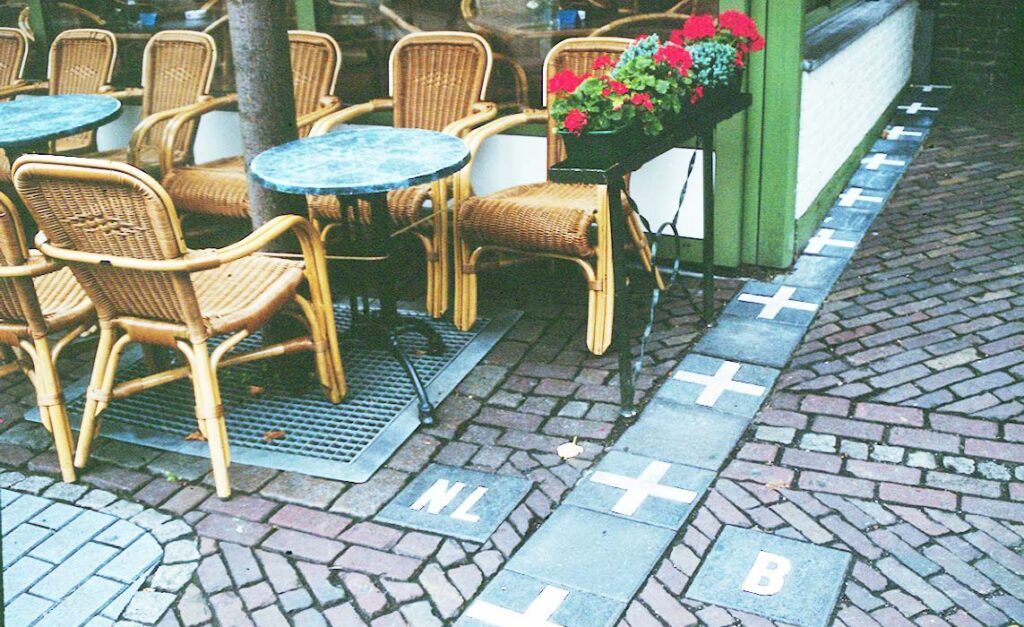 Location: Belgium and the Netherlands
Location: Belgium and the Netherlands
-
- Reason to Visit: These twin municipalities consist of multiple pieces of land scattered across the border between Belgium and the Netherlands. The unique border situation allows visitors to walk between the two countries and observe how the enclaves and counter-enclaves are divided between them.
Llívia: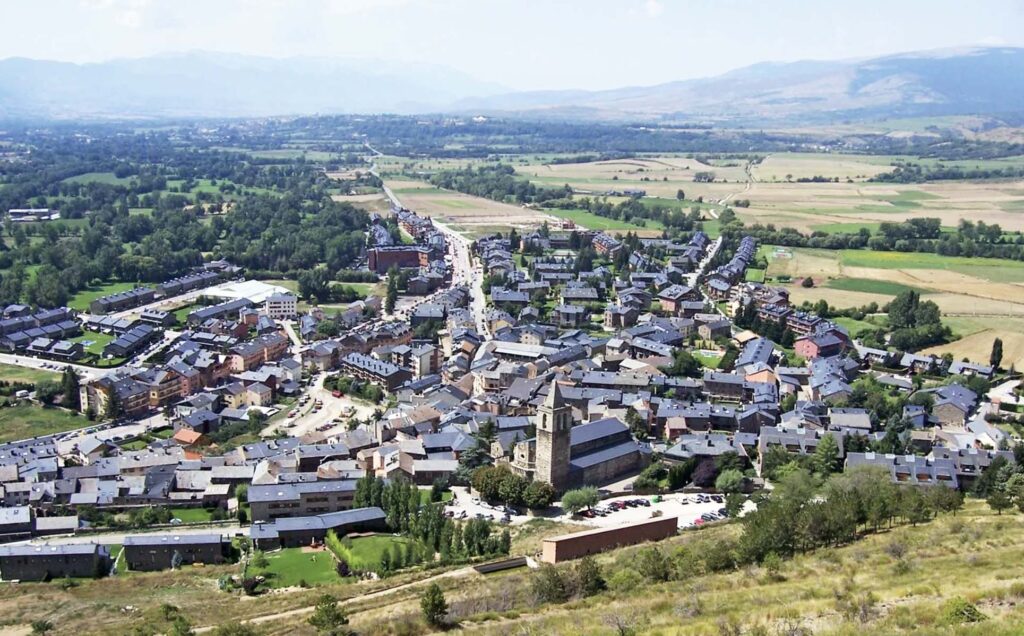 Location: Spain, surrounded by France
Location: Spain, surrounded by France
-
- Reason to Visit: Llívia is a Spanish enclave entirely surrounded by French territory in the eastern Pyrenees. It has a charming medieval atmosphere and is known for its historical buildings, including the Church of Santa Maria and the remains of a Romanesque castle.
TIPS: Please note that political situations and travel restrictions can change over time, so checking for updated travel information and advisories before visiting any of these enclaves is essential.
Did you know?
There is an unusual case of an “exclave” that shares a unique border situation with two countries. Büsingen am Hochrhein is a German exclave within Swiss territory, entirely surrounded by Switzerland. However, it is even more fascinating because it is not subject to the Schengen Agreement, which allows for passport-free travel within the European Union.
 Instead, Büsingen is part of the Swiss customs territory, but the European Union’s customs territory surrounds it. As a result, residents and visitors passing through Büsingen must undergo customs checks twice when traveling between the exclave and the rest of Germany.
Instead, Büsingen is part of the Swiss customs territory, but the European Union’s customs territory surrounds it. As a result, residents and visitors passing through Büsingen must undergo customs checks twice when traveling between the exclave and the rest of Germany.
This quirky border situation adds another layer of intrigue to the world of enclaves and their unique characteristics.
A little history:
The history of enclaves dates back to ancient times and has been shaped by various geopolitical, cultural, and historical factors. Enclaves are territories or parts of a country that are entirely surrounded by the territory of another country.
Here’s a brief overview of the history of enclaves:
- Ancient Empires: Enclaves have existed for millennia, with ancient empires encountering situations where another surrounded one territory. This geography could result from territorial conquests, strategic border demarcations, or natural geographic formations.
- Medieval Europe: During the Middle Ages, European feudal systems and shifting borders led to the emergence of enclaves. Powerful lords and kings would grant or exchange territories, sometimes leading to enclaves within their lands.
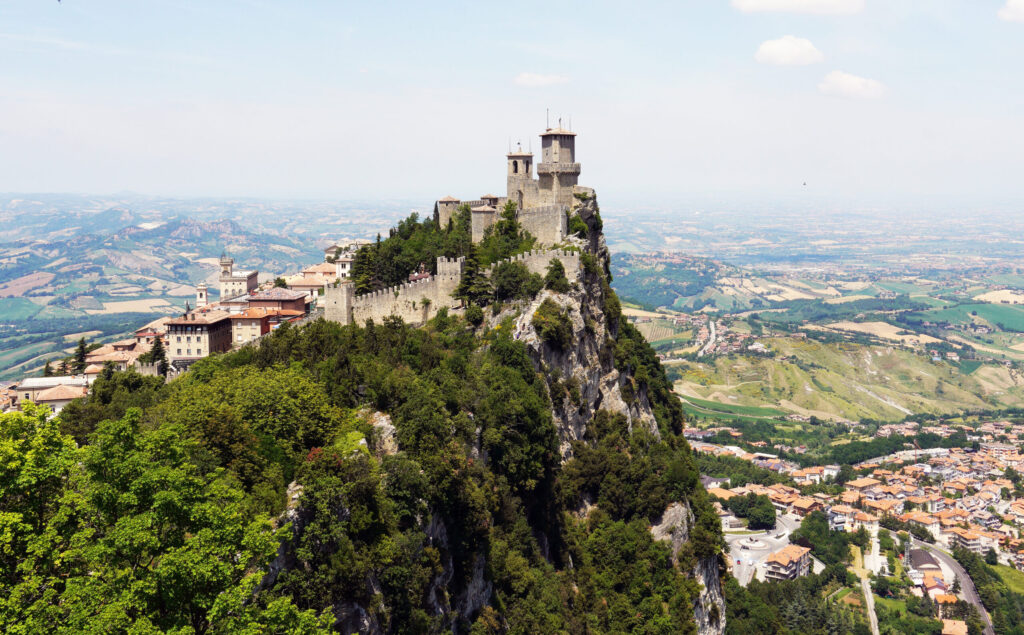
- Colonial Era: The colonial era further complicated enclave situations, with European powers establishing colonies worldwide. Enclaves were often formed due to different colonial powers’ territories bordering one another or due to treaties and agreements.
- Modern Political Divisions: As nation-states solidified in the 19th and 20th centuries, some enclaves found themselves in complex geopolitical situations. The establishment of national borders through treaties and negotiations sometimes resulted in enclaves being created unintentionally.
- Border Disputes: Enclaves have also been a source of border disputes between neighboring countries. An enclave within another country’s borders has sometimes led to tensions and conflicts.
- Evolving Borders: Over time, political changes, shifts in power dynamics, and border adjustments have influenced the status of enclaves. The surrounding country has absorbed some, while others have retained their unique status.
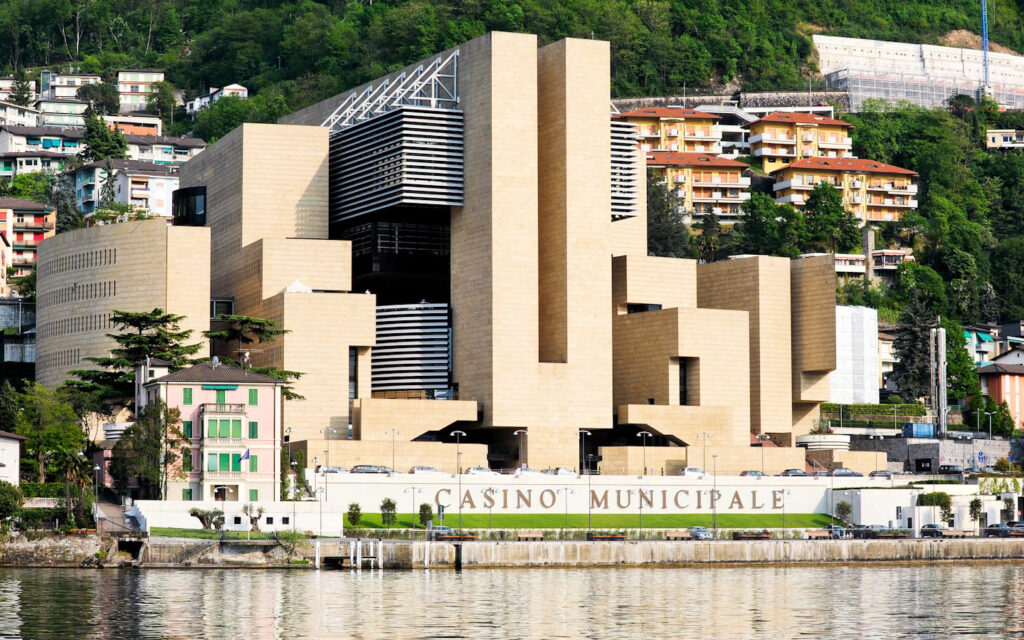
- Modern-Day Significance: Enclaves continue to be relevant in modern geopolitics. They often require special agreements or treaties for their governance, security, and trade. Some enclaves are tourist attractions due to their unique situations and cultural aspects.
- Border Rationalization: Recently, efforts have been made to rationalize borders and resolve enclave situations. Diplomatic negotiations and border demarcation initiatives aim to reduce complexities and improve international relations.
WHAT IS THE DIFFERENCE BETWEEN AND ENCLAVE AND AN EXCLAVE?
The terms “enclave” and “exclave” refer to different geographical situations, and they are often used to describe specific territorial arrangements:
Enclave: An enclave is a territory or part of a country that is entirely surrounded by the territory of another country. In other words, it is a portion of one country that is geographically situated within the boundaries of another country. Enclaves are fully surrounded by foreign territory and do not have any territorial connection to their home country.
Example: Vatican City is an enclave within Rome, Italy, as it is entirely surrounded by Italian territory.
Exclave: On the other hand, an exclave is a part of a country’s territory that is geographically separated from the main part of the country by the territory of another country or by international waters. Unlike enclaves, exclaves are connected to their home country by land or water but are not contiguous (they do not share a common border).
Example: Büsingen am Hochrhein, a German town, is an exclave surrounded by Swiss territory. Although it is separated from the rest of Germany, it remains connected to Germany by a corridor.


